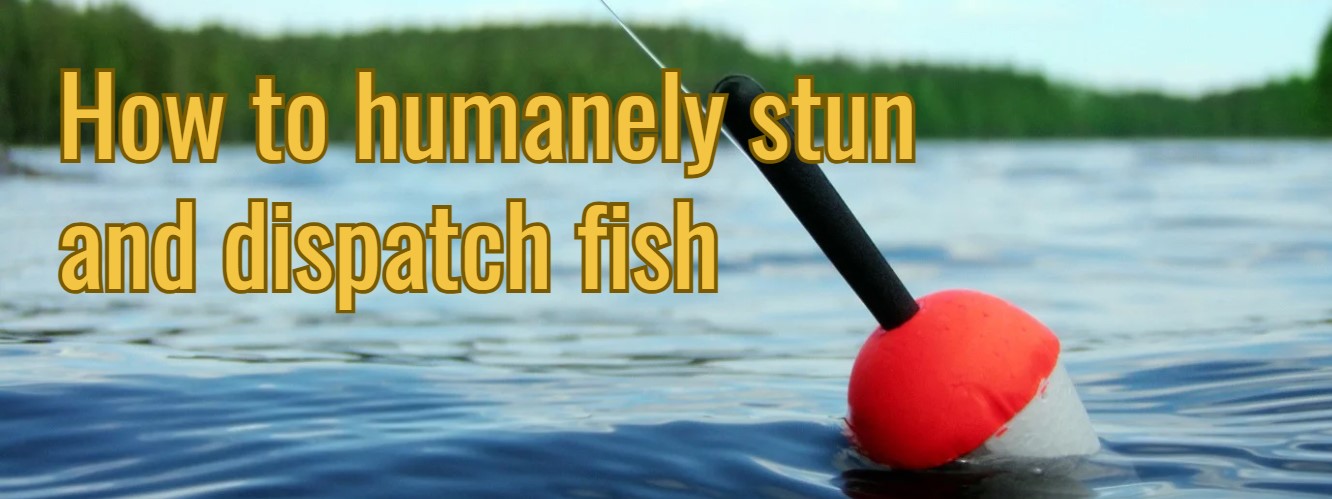Fishing is one of the most popular outdoor activities. It offers quality time in nature and the opportunity to catch your own food. But it’s important to remember that fish are sentient beings who can feel pain and stress. A responsible fisher ensures the fish is killed quickly and humanely. Pain and stress affect the fish’s vital functions, and under the Animal Welfare Act, causing unnecessary suffering is prohibited. The sooner the fish is killed after being caught, the less it will suffer.
How to Responsibly Dispatch a Fish
1. Stun the fish immediately after capture
- Hit the fish hard and quickly on the head, just behind the eyes where the brain is
- Use a fish club or another suitable tool
- The fish is properly stunned when it stops moving and no longer reacts to touch
2. Bleed the fish
- Use a sharp knife to cut a gill blood vessel
- Let the fish bleed out in water or a bucket
- For small fish, you can break the neck with one quick movement
Why is it important to bleed the fish?
- It ensures a faster and more humane death
- It improves the meat’s quality and how long it stays fresh
Avoid these mistakes:
- Don’t keep live fish in a bucket of water
- Don’t leave fish to suffocate on land
- Don’t hang fish by the gills
- Handle fish with wet hands – their protective slime layer is easily damaged
Remember!
- Decide in advance which fish you’ll keep
- Kill the fish immediately after catching it
- If you release a fish, do it very carefully
- Teach children how to handle fish responsibly
Save our checklist here:


